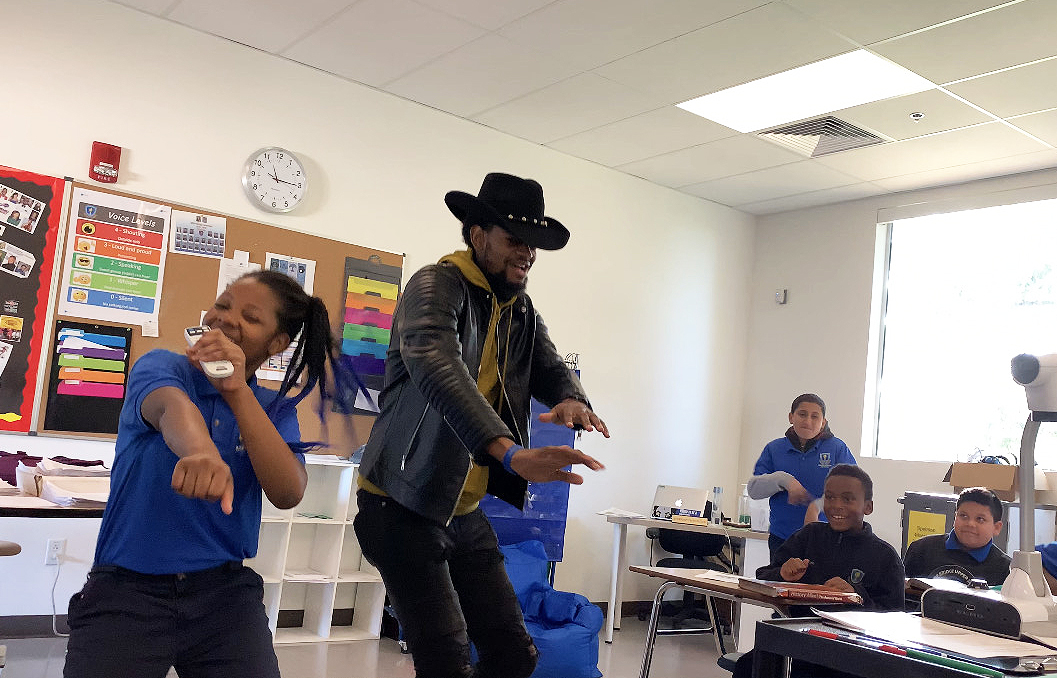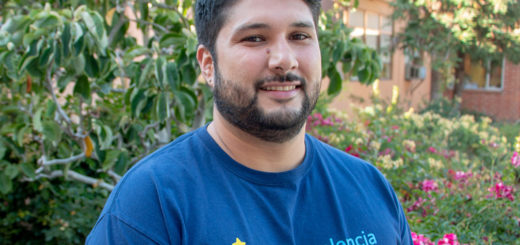Literacy: The Key to Learning & Life

I started my teaching career ten years ago. Since then, I’ve taught a variety of grade levels and subjects, including science, reading, and math. I’ve learned that the key to student learning, no matter what I’m teaching, is literacy. Teaching strategies and markers for success will change and evolve over time, but the one thing that stays constant is the importance of literacy.
Literacy is a scholar’s ability to understand and articulate what they are reading. So, while many students may be able to read words on street signs or menus at a restaurant, many still have trouble understanding what they are reading and explaining it in their own words.
With this in mind, it’s easy to see how literacy needs to be the foundation of most subjects and curriculum in school. That’s why I was appalled when I saw the results of the spring 2019 Smarter Balanced assessment. The numbers tell a troubling and unacceptable story for Black Oakland students.
I learned that only 18.6% of our Black babies in public schools in Oakland are reading on grade level…18.6%. This is compared to 72.5% of white children in the same district who are meeting or exceeding reading standards. I am the first to agree that standardized test results should not be the only factor in defining student success, but I just couldn’t ignore this stark comparison, especially since I witness firsthand the brilliance and innate genius of Black students everyday. What’s going on?
While many students may be able to read… many still have trouble understanding what they are reading and explaining it in their own words.
There are common challenges all children face when it comes to literacy, regardless of race. Kids can struggle with reading endurance or not be paired with books that are appropriate for their reading skill level. Big blocks of text or what feels like impossible vocabulary can leave any student feeling discouraged.
But for Black children, there is the compounding challenge of finding books that are representative of them and their experiences with characters they can relate to. Much of the traditional curriculum has focused on stories about white people. Very rarely are Black students exposed to Black stories where the focus is not on Black tragedy or still somehow centered in whiteness. I can’t tell you how often I’ve seen material about Black history be hyper-focused on slavery. This can be discouraging and even traumatic for many students, which can lead to a disinterest in reading and literacy struggles. Black scholars must be introduced and exposed to greatness and to characters that look like them in diverse situations.

Promoting stories that students can connect to in the classroom is vital to literacy rates among Black students. For example, a few years ago I read the book Thirteen and Some Change by local author and former KIPP teacher R.A. Ingram with my students during homeroom. The book follows a Black boy growing up in San Jose. It was one of the first times I saw the whole class really pumped to read. They’d come up to me and excitedly ask, “Hey, Mr. Evans, can we read Thirteen and Some Change?” That book really had a ripple effect for students—it nurtured and grew an interest in reading and was a gateway to more books, because of the connection they felt to the protagonist.
Black scholars must be introduced and exposed to greatness and to characters that look like them in diverse situations.
As educators, myself included, begin to more widely embrace that there are many paths to success that don’t all involve a traditional 4-year college education, I want students to know that learning never stops no matter what route you take. No matter what students choose to do, literacy will always be important to the next step in their life. I want my students to be able to understand any kind of content that comes their way and be able to fact check and form opinions for themselves.
Literacy doesn’t just begin and end in the classroom; I have seen such incredible results when caregivers and teachers work together to make sure that children are given as many opportunities as possible to advance their literacy skills, especially during distance learning. As a parent myself, I understand the difficulty and hardships many of us are facing trying to provide for our babies emotionally and financially. I encourage all parents to have patience with themselves and their children. I promise to do the same, because when we work together to help our kids realize their dreams for themselves is when we truly elevate our communities.
About the Author:
Mr. Marquis “Quis” Evans is currently teaching 6th and 7th grade science at KIPP Bridge Academy. He has taught a variety of subjects and grade levels since 2010. To learn more about Quis and his journey and thoughts on education check out his Instagram, @Quis.Evans.Educate or his web series “Bridge the Gap” @bridgenthegapshow where he has local influencers come to the school and talk to students about their varied paths to success.



